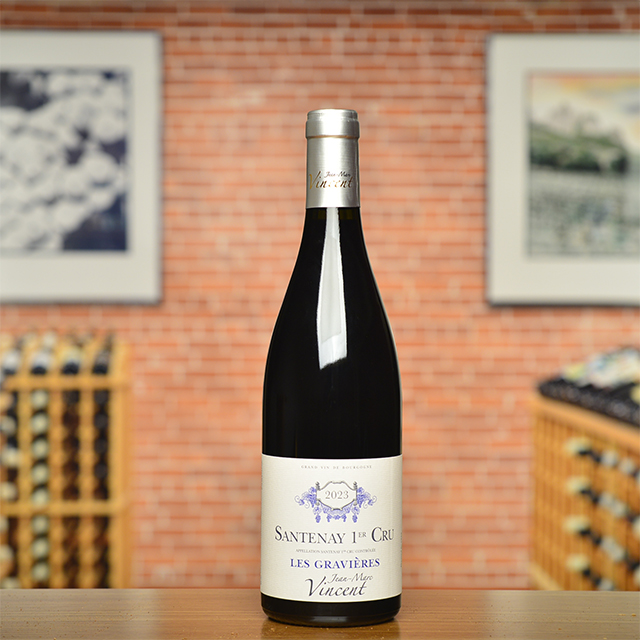Domaine Taupenot-Merme
by Dixon Brooke



Romain Taupenot’s family home and winery are situated just above the route des grands crus as it passes through Morey Saint Denis, deep in the heart of grand cru country in Burgundy’s Côte de Nuits. His backyard, rising steeply behind, is the grand cru vineyard of Clos des Lambrays. While the domaine is based in Morey—the village named after its most famous grand cru, Clos Saint Denis—it owns even more vines in nearby Chambolle Musigny to the south and Gevrey Chambertin to the north. The family’s holdings also extend to the Côte de Beaune, centered principally around the lovely hilltop village of Saint Romain. This inspiring collection of top-flight Burgundian vineyards was created by the union of the Taupenot family from Saint Romain with the Merme family from Morey Saint Denis in 1963.
Romain and his sister Virginie are the ninth generation of their family to run the domaine. Their wines emphasize purity and finesse, two qualities I hold very dear with my Burgundian Pinot Noir! The KLWM portfolio has not included a grower in Morey for several decades. It has also been a few years since we have had any Saint Romain in our book, an appellation that Kermit discovered early in his career and has enthusiastically promoted ever since. Yes, the Taupenot-Merme wines fill many needs here at KLWM, and will fill many of our cellars as well as yours! I am excited to present you with this initial offer of the 2017 vintage, a classically styled year that fits so well with Taupenot’s delicate touch. These 2017s are the type of red Burgundies that made this magical pocket of rural France famous—Pinot Noir as it cannot be imitated elsewhere!
















